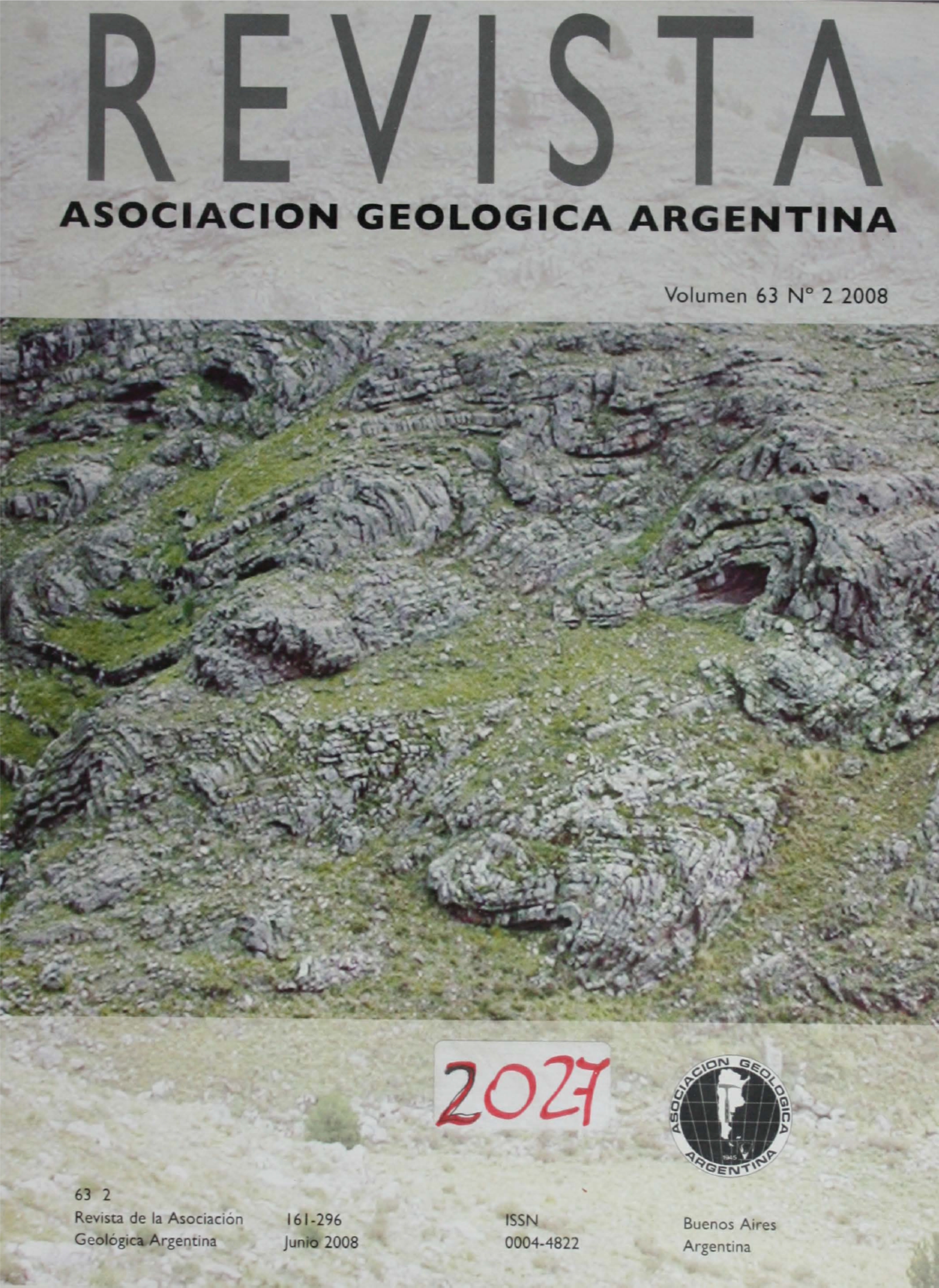Petrology and structure of La Chilca Shear Zone, Catamarca
Main Article Content
Abstract
Field, petrological and structural studies allowed to define and and to characterize a ductile shear zone on the metamorphic basement of the northwestern Sierras Pampeanas. La Chilca Shear Zone has a NNW trend for about 24 km and a width of 1-4 km in the southern border of the Sierra de Aconquija and northern part of the Sierra de Ambato. It is composed by mylonites, protomylonites and blastomylonites that are the product of the ductile deformation that affected the metamorphic basement originally composed by migmatites and gneisses. The metamorphic conditions during the deformation reached greenschist facies to amphibolite facies, with temperatures around 350 to 500 ºC. The dominant mylonitic foliation C is generally trending N 330°/42° ENE. On this plane there is a stretching mineral lineation of N68°/42°. Reverse displacements toward the southwest (N 248°) were determined for this shear zone. Internal local features of direct displacements suggest some complexities in the deformation kinematics.
Article Details

This work is licensed under a Creative Commons Attribution-NonCommercial 4.0 International License.
Nota de copyright
Los autores conservan los derechos de autor y garantizan a la revista el derecho de ser la primera publicación del trabajo licenciado según una licencia de atribución Creative Commons que permite a otros compartir el trabajo con el reconocimiento de la autoría y de la publicación en la que se publicó por primera vez.
Declaración de privacidad
Los nombres y direcciones de correo electrónico introducidos en esta revista se usarán exclusivamente para los fines declarados por esta revista y no estarán disponibles para ningún otro propósito u otra persona.

